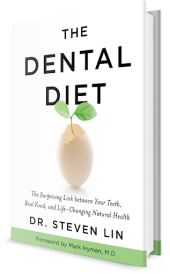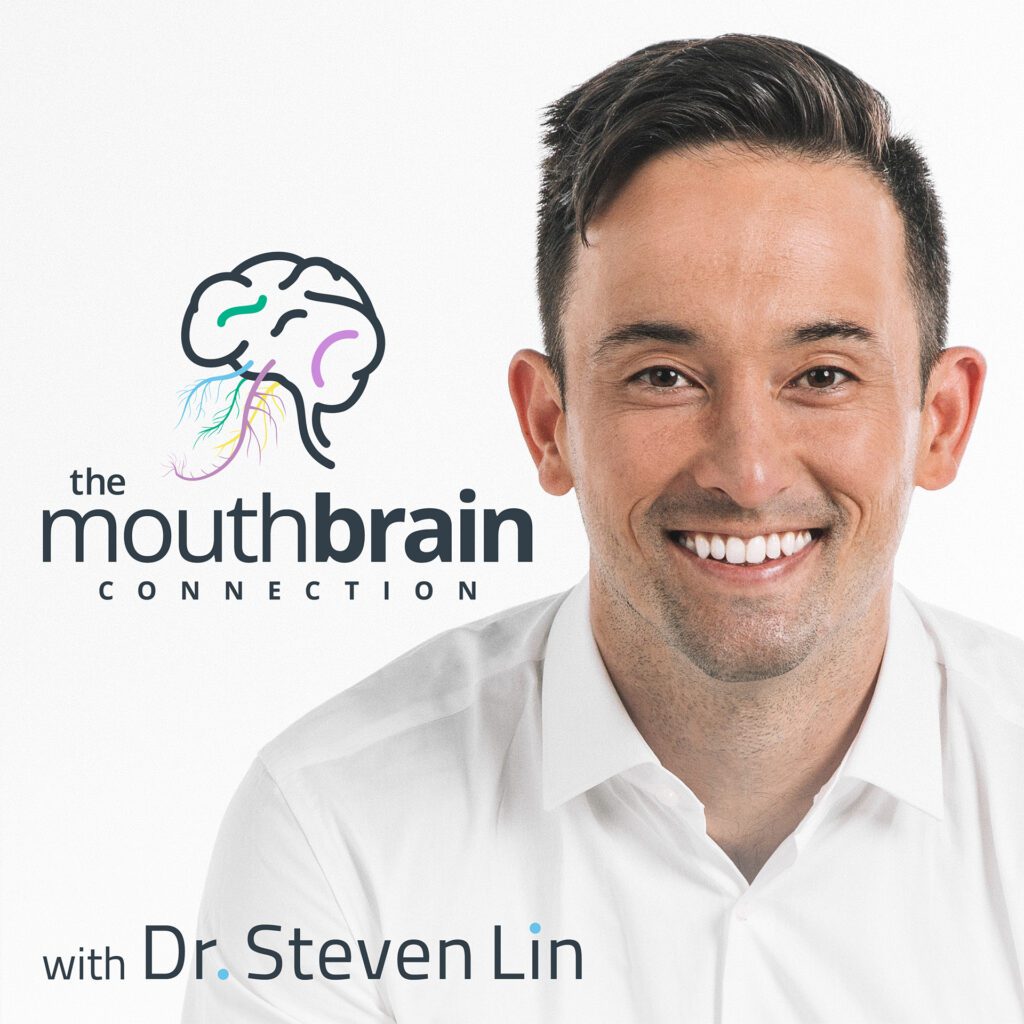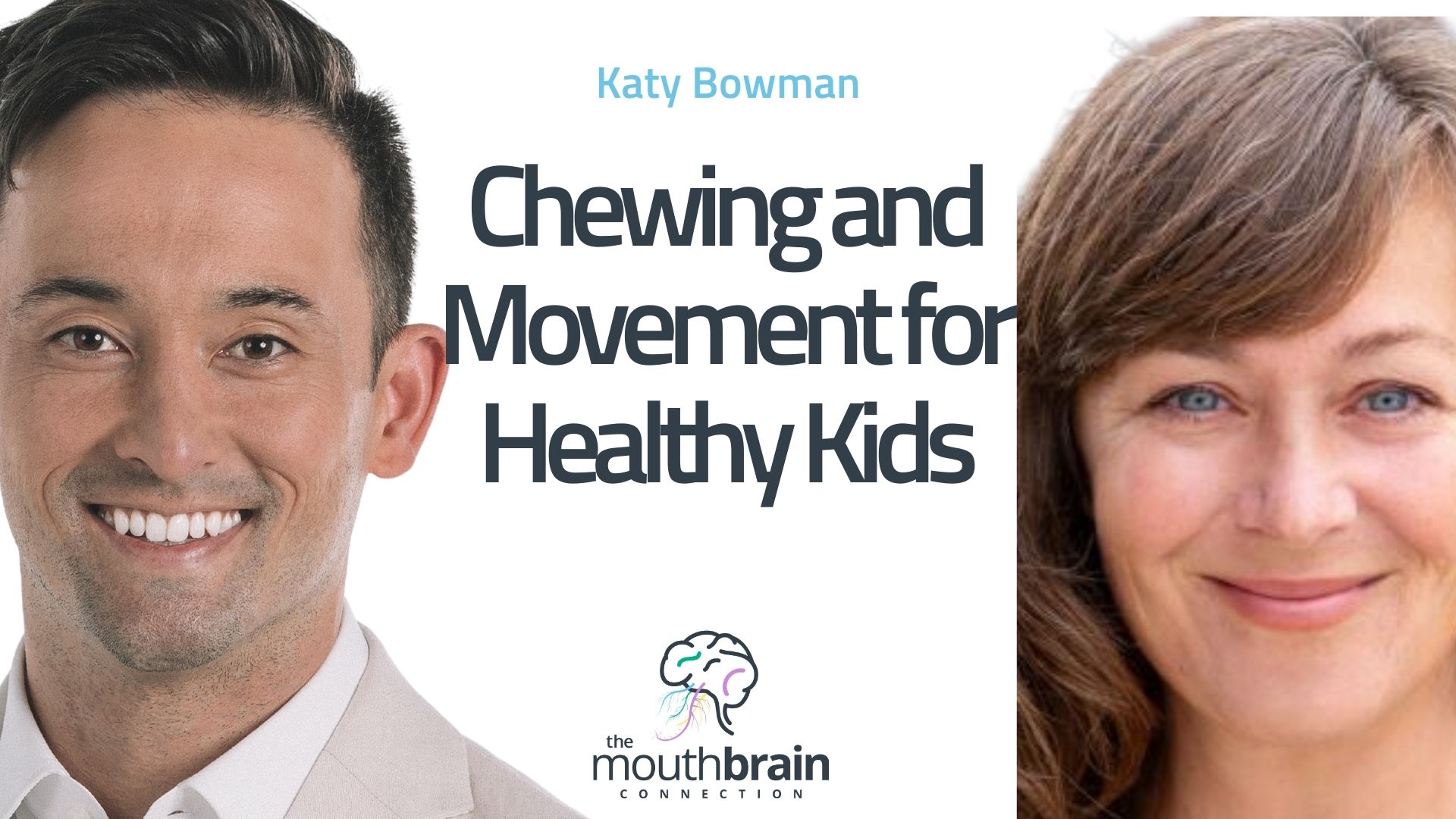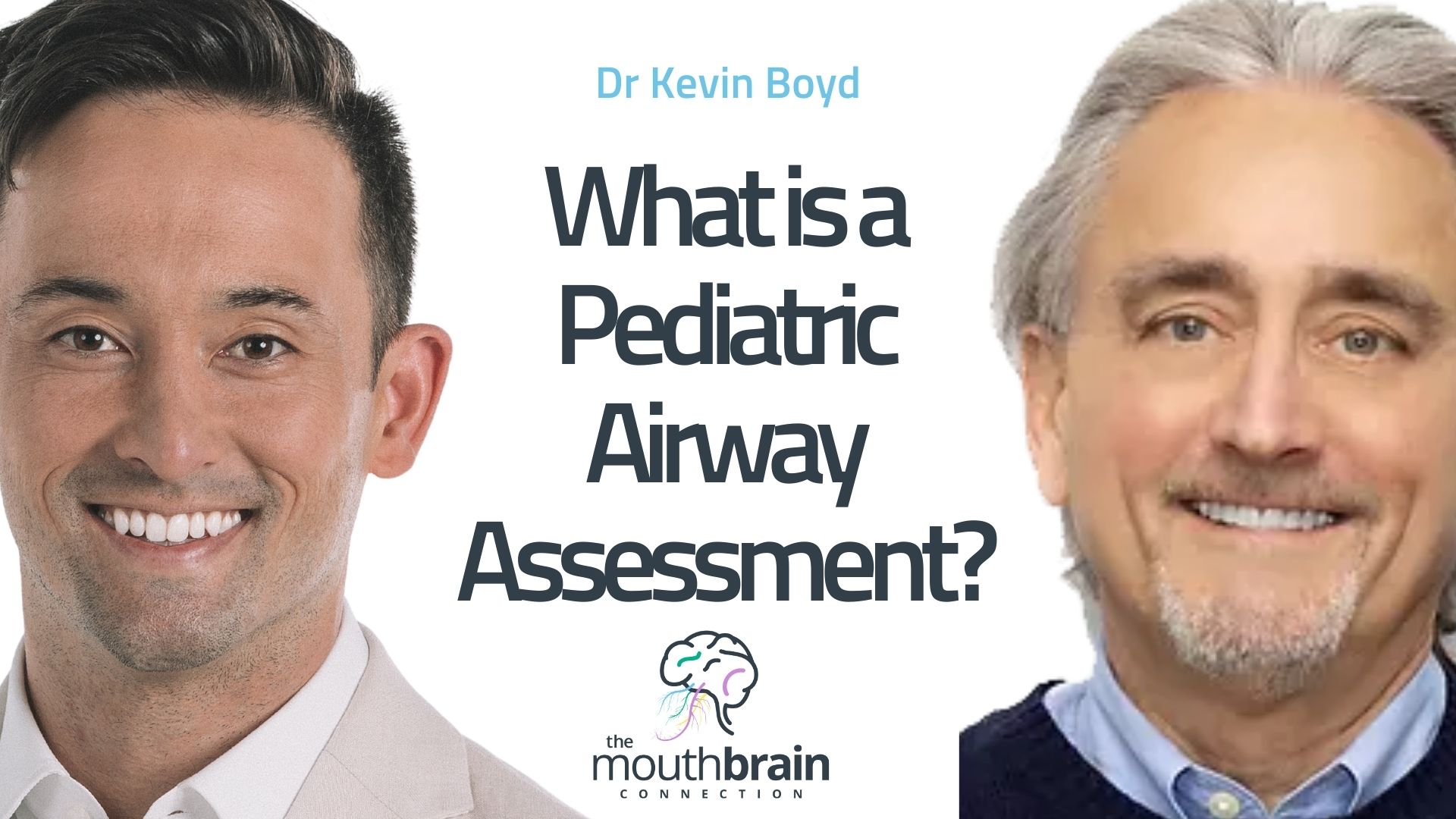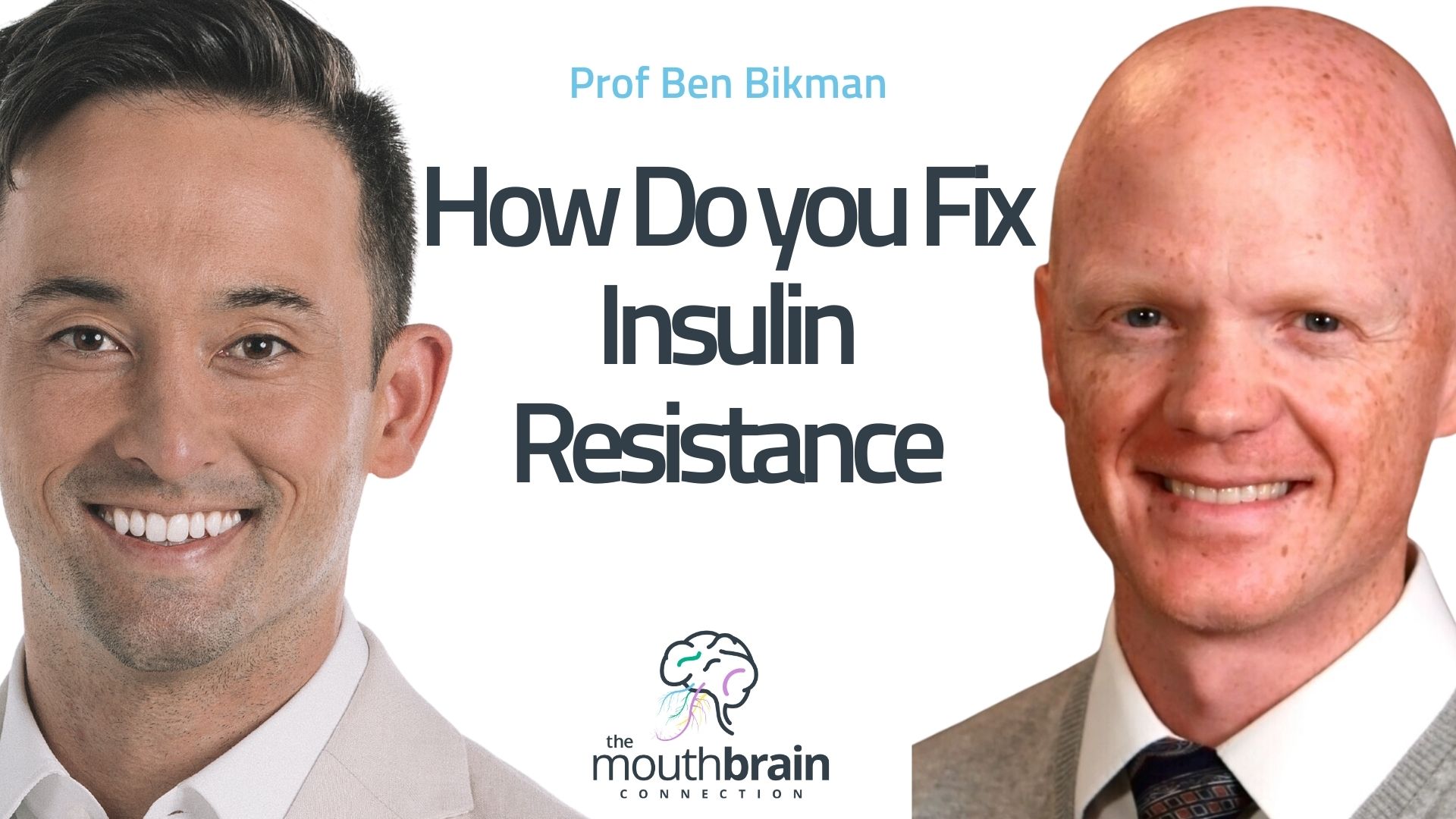
The way we raise our children is drastically different from how our grandparents were raised. From breastfeeding to the first foods we give our children, everything has changed. It may not seem so drastic to you at first, because each of these changes in ideas happened little by little over time.
If you were to take all the gadgets and convenience foods we have today and drop them in front of a mother in the 1920s, I suspect she’d be pretty confused as to what to do with it all. Pacifiers, rubber nipples, formula, juices with zero fruit, teething crackers, gummies, and more… All of these items are relatively new and are contributing to changes in jaw and mouth development.
Additionally, we’ve come to accept formula and processed snacks such as Cheerios as suitable nutrition for our delicate babies. We know these commercial replacements contribute to diseases later in life such as allergies, asthma, eczema, cardiovascular disease, obesity, and diabetes. Yet, we continue to use them, mostly because I believe a majority of parents don’t realize these changes are causing such drastic damage.
As a result of all these changes we are seeing more malocclusions (various teeth misalignments) needing medical attention such as braces and smaller airways, which are contributing to the unrealized sleep-disordered breathing epidemic. In the 10 years I’ve been in dental practice, I’ve seen first hand the impact that breastfeeding, diet, and baby gadgets have on the health of patients later in life.
Fortunately, functional dentistry is building a way to prevent crooked teeth. It depends on how we raise our babies. It also depends on recognizing how food shapes dental growth. Let’s look at what can be done when you raise your babies from breastfeeding until their first meals.
Recent study thoroughly examines the links between infant health, habits, and teeth alignment
A recent study in the American Journal of Orthodontics and Dentofacial Orthopedics, found significant evidence suggesting infant health, pacifier use, and breastfeeding impact mouth development. Specifically, how each of these three factors caused (or didn’t cause) teeth misalignment.
This study was designed to examine the way babies grew up in their first few months when they were born to adolescent mothers. Young moms were chosen because there have been previous studies that indicate babies to younger mothers often have teeth misalignment. So, researchers set out to find out which health indicators were the cause of dental development issues in babies of young mothers.
The study highlighted a couple of important pieces of information:
- Poor perinatal health increased the chance of malocclusions (misaligned teeth)
- Pacifier use made teeth misalignment more likely
- Children who breastfed for longer had a lower rate of dental issues
Children in this study who scored low on the Apgar score (a means for measuring vitality and health of a baby) were more likely to have permanent dental issues. Younger moms tend to use pacifiers more and stop breastfeeding earlier, which is now known to contribute to teeth misalignment.
While most dentists, including myself don’t think pacifiers aren’t all bad (especially in babies six months and younger), they shouldn’t be used later than necessary. Interestingly, babies in this study who never used a pacifier had a high chance of misaligned teeth – suggesting six months is a good time to stop pacifier use.
This study also found the longer a mother breastfed, the less likely the child ended up with dental misalignment – adding to the list of benefits of breastfeeding. This study recommended mothers breastfeed their children until 12 to 24 months, for the best chance of preventing malocclusion.
How to prevent braces in your child
It’s taken years for the first children who used pacifiers and bottles to grow up for us to realize the extent of their influence. In today’s young adult generation we are seeing the need for more dental work, including braces. People now in their 20’s and 30’s are also experiencing a high rate of airway issues and sleep-disordered breathing.
Since we know development of the mouth, airway, and jaw begin at a very young age, we should aim to learn more about what we can do for our children. Dentists especially should be at the forefront of this research and educating their patients, especially those with young children, about what they can do to prevent braces later down the road.
To prevent braces in your child, here are some of the most important steps you can take from day one:
- Stop pacifier use at six months old – When you use a pacifier past the age of six, it begins to change the shape of the mouth and negatively impacts oral development.
- Breastfeed until 12 to 24 months – Breastfeeding is critical to preventing braces. The movement of the tongue during breastfeeding is part of what helps the mouth develop fully. Also, the nutrients in breastmilk are far superior to any formula you can find.
- Avoid using formula – Formula use has been associated with several illnesses later in life. Whenever possible, it’s best to avoid formulas.
- Start with chewy foods – When your baby begins eating solid food, make sure some of it requires chewing for jaw development. This means avocados, bananas, eggs, steamed vegetables such as carrots and sweet potatoes.
- Feed your child nutrient-dense foods – Good nutrition is critical, if not the most important factor in ensuring your child’s mouth properly. I’ll give you the steps in The Dental Diet.
- Avoid processed foods high in sugar and grains – Just skip the processed garbage altogether.
- Incorporate myofunctional training – When you incorporate myofunctional training at home, you’ll not only prevent braces in your child, you’ll also ensure their breathing habits and tongue posture are as they should be. This will impact your child’s speech, chewing patterns, sleep, and facial development.
To prevent braces, incorporate these 7 tips into how you raise your children. Your little one may not know it yet, but you’re ensuring they have a healthier life.
Want to know more? Dr Steven Lin’s book, The Dental Diet, is available to order today. An exploration of ancestral medicine, the human microbiome and epigenetics it’s a complete guide to the mouth-body connection. Take the journey and the 40-day delicious food program for life-changing oral and whole health.
Click below to order your copy now:
US AMAZON
US Barnes & Noble
UK AMAZON
Australia BOOKTOPIA
Canada INDIGO
For more information on Dr. Lin’s clinical protocol that highlights the steps parents can take to prevent dental problems in their children: Click here.
Resources:
https://www.ncbi.nlm.nih.gov/pmc/articles/PMC2684040/
http://www.sciencedirect.com/science/article/pii/S0889540617305334
